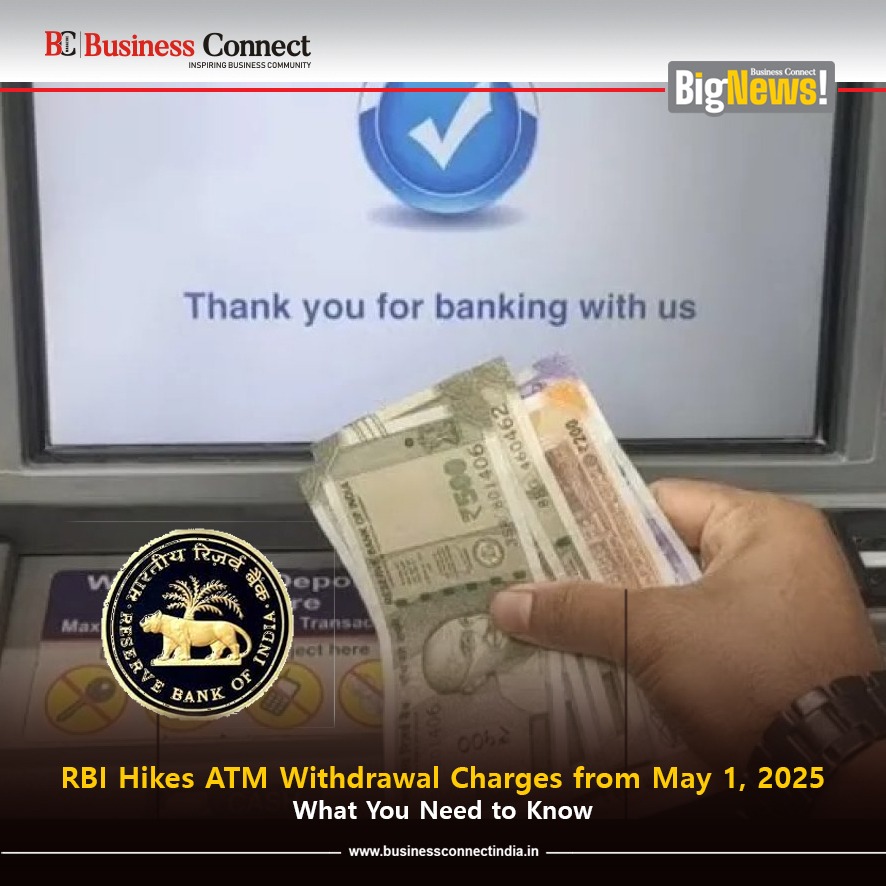Starting May 1, 2025, withdrawing cash from ATMs in India will cost more, as the Reserve Bank of India (RBI) has approved a hike in charges for transactions exceeding free monthly limits. The new fee, effective today, rises from ₹21 to ₹23 per transaction, impacting customers who frequently use ATMs beyond the allotted free withdrawals. This move, driven by rising operational costs, aims to sustain ATM infrastructure while encouraging digital banking alternatives.
According to RBI guidelines, customers are entitled to five free transactions (financial and non-financial, such as cash withdrawals and balance inquiries) per month at their own bank’s ATMs. For other banks’ ATMs, the free limit is three transactions in metro cities (Mumbai, New Delhi, Chennai, Kolkata, Bengaluru, and Hyderabad) and five transactions in non-metro areas. Once these limits are exhausted, each transaction will incur a ₹23 fee, plus applicable taxes. The hike also applies to cash recycler machines (CRMs), except for cash deposits.
Major banks like HDFC Bank, Punjab National Bank, and Kotak Mahindra Bank have updated their policies to reflect the new charges. For instance, HDFC Bank clarified that only cash withdrawals beyond the free limit at its ATMs will be charged, while non-financial transactions like balance inquiries remain free at their machines. The RBI’s decision follows a proposal by the National Payments Corporation of India (NPCI), with white-label ATM operators citing unsustainable costs due to maintenance and security upgrades.
This fee increase, announced on March 28, 2025, has sparked discussions about digital alternatives. Experts suggest using UPI, mobile banking, or MicroATMs to avoid extra charges, especially as digital transactions in India soared to ₹3,658 lakh crore in FY23. As of February 2025, India operates 258,000 ATMs and CRMs, and the fee hike is expected to support their maintenance while nudging customers toward cashless solutions.
Add Business Connect magazine to your Google News feed



